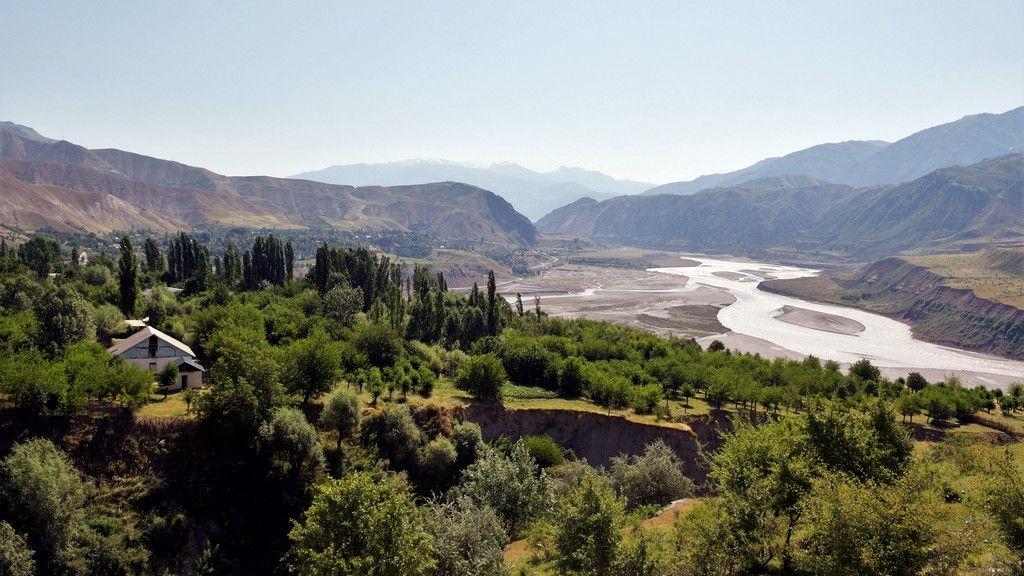In Short : The Asian Development Bank (ADB) is set to contribute to reinforcing climate resilience in the Hindu Kush Himalayas, working towards enhancing the region’s capacity to withstand climate-related challenges and fostering sustainable development.
In Detail : DUBAI, UNITED ARAB EMIRATES : The Asian Development Bank (ADB) today launched a new initiative to help assess and manage climate and disaster risks in the Hindu Kush Himalaya region, a critical water tower supporting the livelihoods of more than a billion of people across Asia.
Through technical assistance, ADB will undertake deep analysis of multi-hazard risks which include landslides, earthquakes, and floods—including from glacier lake outbursts—and vulnerabilities in Bhutan and Nepal. This will help to strengthen the two governments’ capacities to conduct risk assessments in priority river basins. These assessments will be used to develop early warning systems and risk management options for future infrastructure development.
Home to the largest ice reserves outside of the polar regions, the Hindu Kush Himalayas feed 10 major rivers which sustain the livelihoods of 240 million people in the mountains and more than 1.6 billion people downstream.
The region is warming faster than the global average and if global temperature rises hit 3°C, 75% of glaciers in Bhutan and Nepal could melt by the end of this century. That would place unprecedented stress on access to water, threaten food and energy security, and result in significant biodiversity loss.
“The roof of the world is melting,” said ADB President Masatsugu Asakawa. “The Hindu Kush Himalayas region is critical to the well-being and economic security of more than a billion people across our region. This initiative will help equip Bhutan and Nepal with essential information and enable them to invest in effective climate adaptation—which is now critical to managing climate risk.”
From 1985 to 2014, economic losses resulting from disasters in the Hindu Kush Himalayas region totaled $45 billion, much higher than those of any other mountain region. Since then, the increasing frequency and intensity of disaster events have pushed up economic losses and the number of people killed or displaced by such events.
“We must urgently ensure that finance is flowing into climate adaptation projects,” said ADB Principal Economist Declan Magee. “This requires high quality and dynamic assessments of climate and disaster risks that account for multiple hazards that can have impacts across borders.”
ADB’s assistance will help the governments, private sector, and local communities to understand the risks they face so they can decide on disaster risk reduction and adaptation measures, as well as risk transfer solutions including insurance. The technical assistance will set the stage for advancing knowledge across the Hindu Kush Himalaya region on climate resilient investment planning, development, and risk management.
As Asia and the Pacific’s climate bank, ADB aims to provide $100 billion in climate financing from its own resources from 2019 to 2030, including $34 billion for adaptation. In 2022, ADB committed $7.1 billion of climate finance, including $4.3 billion for mitigation and $2.8 billion for adaptation. The bank mobilized an additional $548 million in climate finance from the private sector last year.
ADB is committed to achieving a prosperous, inclusive, resilient, and sustainable Asia and the Pacific, while sustaining its efforts to eradicate extreme poverty. Established in 1966, it is owned by 68 members—49 from the region.

